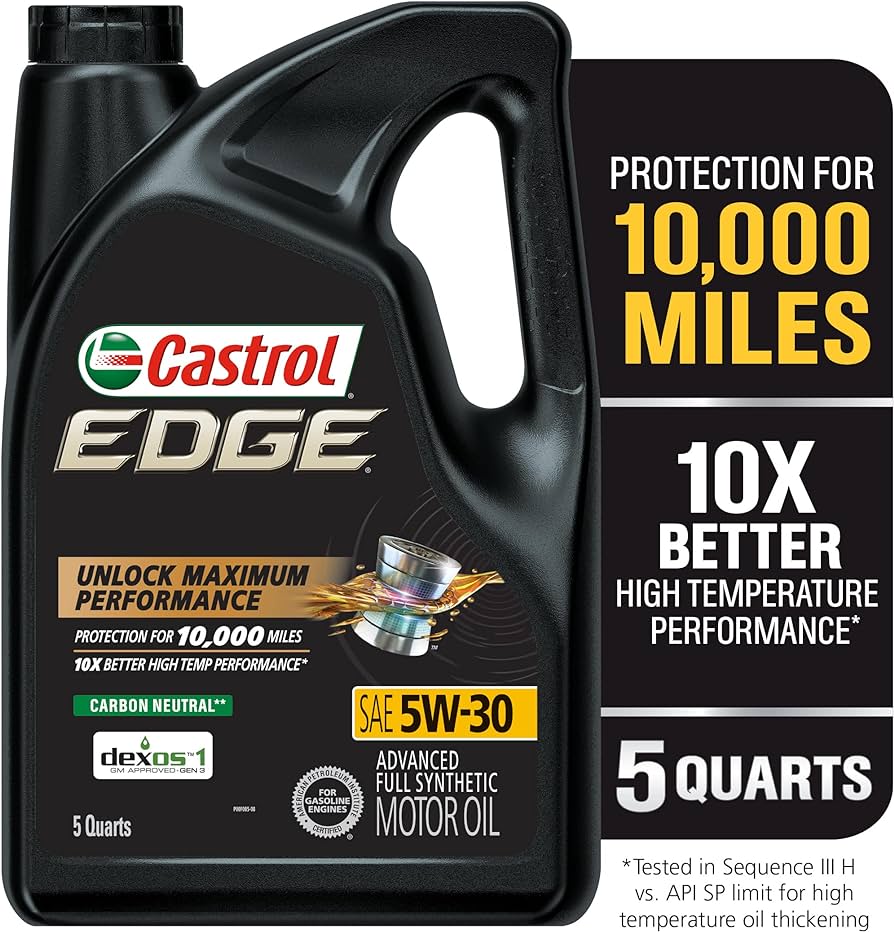To check compatibility of car parts, match the make, model, and year of the vehicle with the specifications provided by the manufacturer. Ensure the part’s dimensions, connectors, and specifications are a match before purchasing or installing it.
In addition to the manufacturer’s recommendations, consult with a trusted mechanic or refer to online forums and communities for further guidance. Taking these steps will help ensure the correct fit and functionality of car parts, preventing any potential issues or damage to the vehicle.
The compatibility of car parts is crucial for maintaining the performance, safety, and longevity of the vehicle. By doing thorough research and seeking expert advice, you can make informed decisions when replacing or upgrading car parts.

Credit: www.amazon.com
Methods To Check Compatibility
Checking the compatibility of car parts is crucial to ensure smooth functioning. Discover effective methods to determine if the parts you have selected are compatible and suitable for your vehicle.
Checking the compatibility of car parts is a crucial step to ensure a smooth and efficient functioning of your vehicle. With so many options available in the market, it can be overwhelming to find the right parts that are compatible with your car. However, by following these methods, you can be confident in making the right choice.
Identifying The Car Make And Model
Before you start searching for compatible car parts, it is essential to identify the make and model of your car. This information serves as the foundation for your compatibility search. The make refers to the brand of the car, while the model specifies the specific version or variant. You can typically find this information in various locations such as the driver’s side door jamb, the vehicle registration document, or the owner’s manual.
Researching Oem Specifications
Once you have identified the car make and model, the next step is to conduct thorough research on the original equipment manufacturer (OEM) specifications. Every car part has specific requirements and dimensions that need to be met for compatibility. By referring to the OEM specifications, you can ensure that the parts you select are designed to fit your car perfectly. These specifications often include dimensions, materials, and other specific details that help you find the right parts.
Consulting With Experts
When in doubt or facing difficulties in finding compatible car parts, it is always recommended to consult with experts. Automotive professionals, such as mechanics or technicians, possess extensive knowledge and experience with different car models and their parts. They can provide valuable insights and guide you in selecting the right parts. Additionally, they may have access to specialized databases or resources that can be used to cross-reference compatibility information.
By following these methods, you can navigate through the overwhelming world of car parts and find the ones that are compatible with your vehicle. Remember to always prioritize accuracy and consult with experts when needed to ensure the smooth and safe operation of your car.

Credit: www.reddit.com
Consequences Of Using Incompatible Parts
Installing car parts that are incompatible with your vehicle can have severe consequences, affecting not only the overall performance of your car but also its longevity and safety. It is crucial to understand the potential risks associated with using incompatible parts before making any modifications to your vehicle.
Engine Damage
One of the most significant risks of using incompatible parts is the possibility of engine damage. Your car’s engine is a complex and delicate system that relies on precise measurements and specifications. When incompatible parts are installed, they can disrupt the delicate balance of the engine, causing various issues such as overheating, piston failure, or even complete engine failure. Such damage can be expensive to repair and may even require an entirely new engine, resulting in substantial financial implications.
Reduced Performance And Safety Risks
Incompatible car parts can significantly reduce the performance of your vehicle. Whether it is a suspension component, brake pad, or exhaust system, using parts that do not meet the specifications of your car can negatively impact its overall performance. For example, a suspension component that is not compatible with your vehicle’s weight and design may lead to poor handling, increased body roll, and compromised stability on the road. Similarly, using incompatible brake pads can affect braking performance and compromise your safety on the road.
Voiding Warranties
Using incompatible parts can also void warranties provided by the manufacturer or dealership. Car manufacturers design and engineer their vehicles to work optimally with specific parts and components. Therefore, any modifications or installations of incompatible parts can result in the nullification of any existing warranties. This means that you will be solely responsible for any repairs or replacements needed due to the use of incompatible parts, adding unnecessary financial burden.
It is crucial to emphasize the importance of checking compatibility before purchasing and installing any aftermarket or replacement parts for your car. Doing so can save you from potential engine damage, performance issues, safety risks, and the voiding of warranties. Ensuring that all parts used in your vehicle adhere to the manufacturer’s specifications is key to maintaining the optimal performance, safety, and longevity of your car.

Credit: www.bestbuy.com
Conclusion
Checking the compatibility of car parts is crucial to ensure proper functionality and prevent any potential issues. By following the steps mentioned in this blog post, you can easily determine whether a particular part is compatible with your vehicle. Remember to consult the manufacturer’s guidelines, use reliable online resources, and seek professional assistance if needed.
With the right knowledge and research, you can confidently select compatible car parts and keep your vehicle running smoothly.

